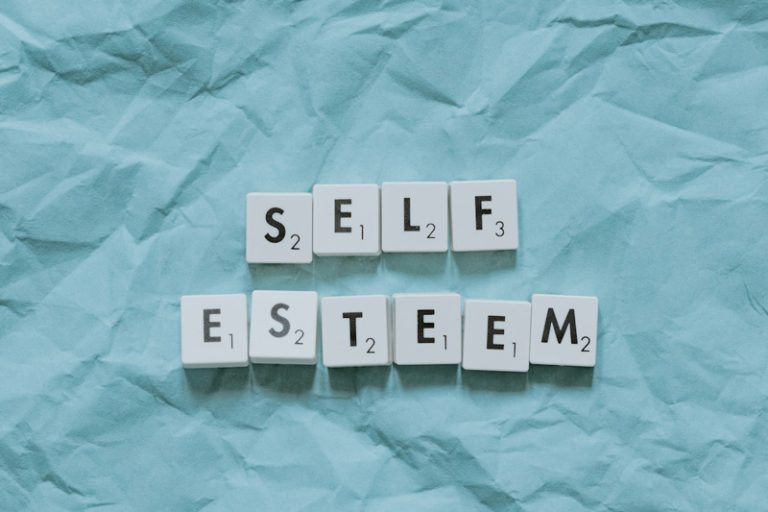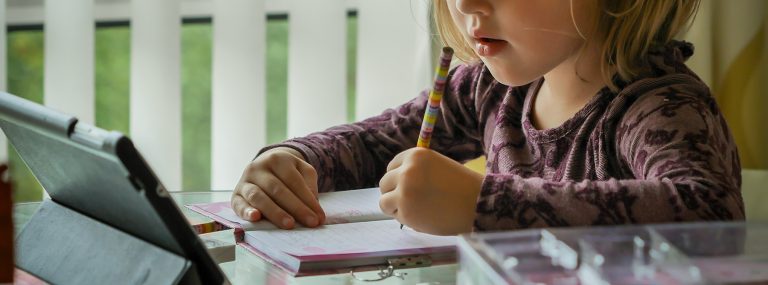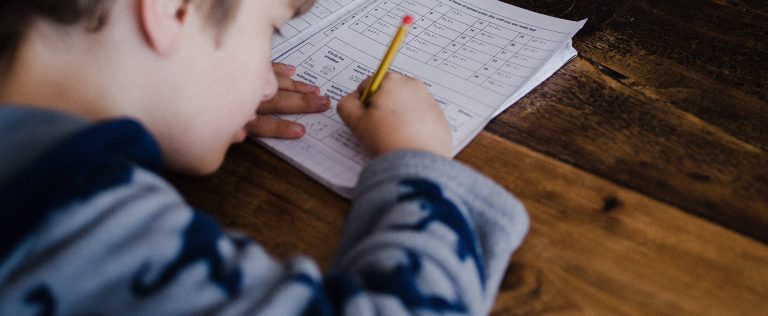Posted on 24th May, 2020, under Family
When we gather around a good book to tell or listen to a story we feel good. However, what happens when the story is over? We have never had a greater opportunity to extend the time we spend together as a family than in our current circumstances. This post supports the use of artwork to provide an extra opportunity to learn together as a family during Covid-19.
Artwork carried out at home is an effective visual representation of the home-based collaborative story discussions between children and their families. The following activity can take place with two or more people.
First, pick a good quality picturebook to read with your child/children. You might ask, what makes a book ‘good quality’? The answer is a little adult research. It will depend on the age, ability, interests and requests from your child. Also, when selecting a book you must listen to your child. For example, do not ask your child to participate in a story about insects if he or she is asking you to read ‘We’re going on a bear hunt’ (fabulous picturebook). Sharing stories and choosing picture books with young children works better if it is a joint decision which supports child-centred and child-led learning. Interestingly, the success of shared reading is largely depended on you as a reader, children listen to stories, but often their real enjoyment comes from the interaction and connection between the teller and the listeners.
Next, pick a comfortable and quiet space to read that will also allow everyone to see the pictures. This way your child will be able to discuss the illustrations as you read. It is often fun to chat about what might happen on the next page. Asking questions as you read engages young children’s developing thinking skills, adds excitement and allows children the opportunity to predict and make inferences.
After the story, have art materials ready to recreate the story through art.
Art activities can include:
• Painting
• Drawing
• Cutting-out images to make puppets
• Use play dough to recreate the story
• Use recycled materials to create a mural
You are only limited by your imagination. Creativity and imagination are strengthened when children draw, paint and use materials they can manipulate. Furthermore, when children share these experiences with the people they care most about, they often remember the experience on a deeper level.
Finally, when the schools reopen, your children bring can their artwork into class to talk about the activities they shared with their family at home. Encouraged children to retell the story to their educator and friends using their artwork as a prompt to retell the story. This storytelling art activity links the home and school environment promoting the social, cultural and educational context of children’s learning environments.
Early childhood is such a short period of time, one that we can never get back, so let us build some fabulous memories.
Resources
For a list of recommended picturebooks for young children see the following link https://ncca.ie/media/1123/youngchildren_picturebooklist.pdf
https://www.earlychildhoodireland.ie/blog/capturing-childrens-voices-at-story-time/

2nd February 2024

Dyslexia is a word used to describe a learning disability that commonly affects reading, writing and related skills, such as the use of language, articulation and grammar. However, this blog will not examine reading, writing or language use. Instead, it highlights the impact of dyslexia on self-esteem. Understanding how dyslexia…...
Read More12th September 2023

Teaching thinking in the classroom Socrates (c.470-399BCE), an early Greek philosopher and teacher, suggested: Thinking is enhanced not by answers but by questions Students learn best when supported to analyse and evaluate concepts Deep questions challenge our assumptions Educators must model intellectual inquiry To summarise a complex topic, all humans…...
Read More23rd May 2023

Scéalta Blog In this week’s Scéalta, Catherine O’Reilly, PhD research student at Trinity College Dublin, discusses how critical thinking relates to early childhood and how we can use storytelling to give children in Early Years settings the same opportunities as older children to learn how to communicate, collaborate, be creative…...
Read More27th April 2023

Have you ever wondered how educators decide to teach the way they teach and why they use the practices they adopt in the classroom to support learning and development? There are many ways to answer this question; your answer will be influenced by your knowledge of the educational system and…...
Read More